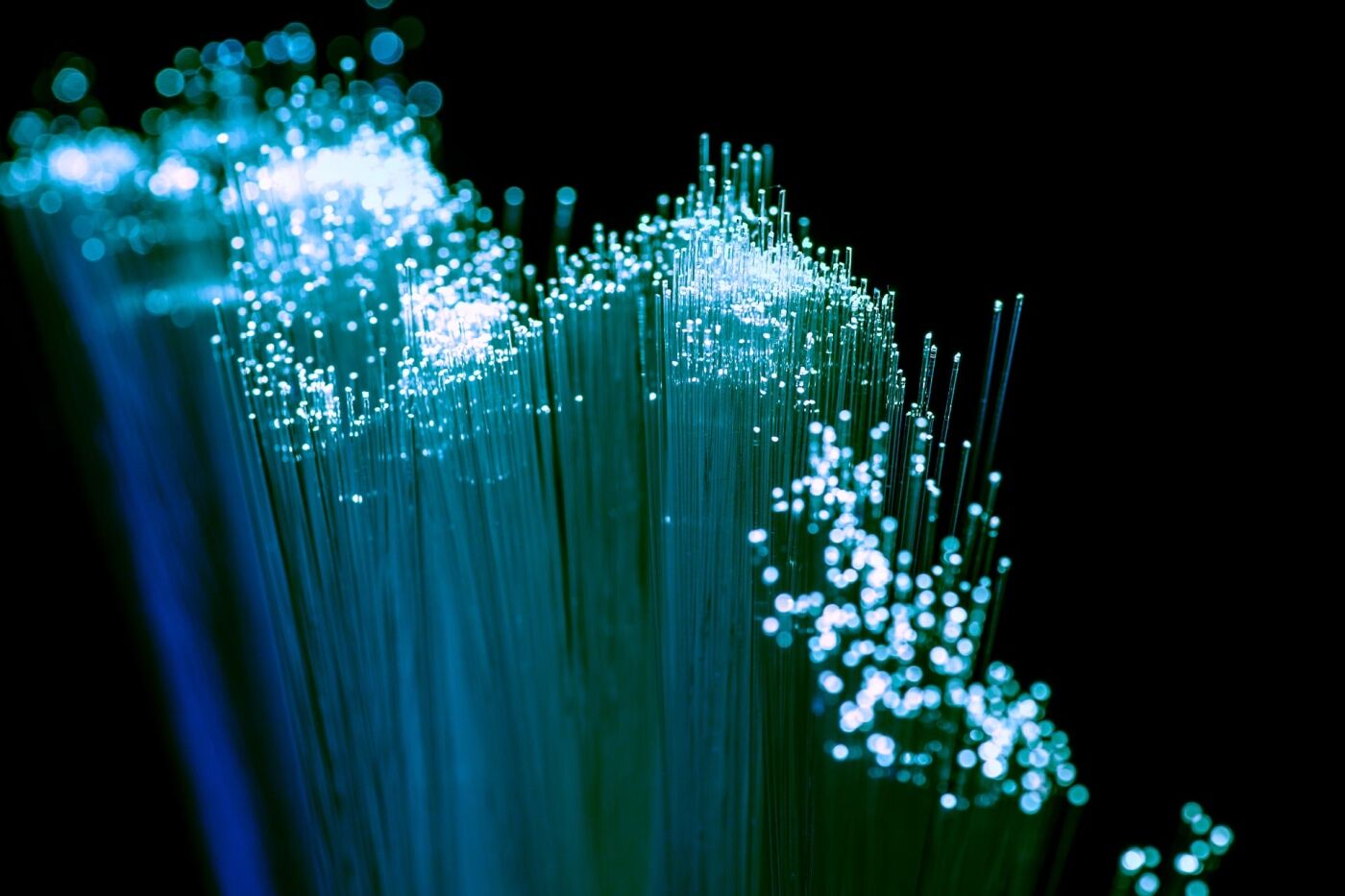The architecture of 5G cellular technology enables the rollout of “small cells,” proliferating in locations where the installation of previous generation cellular arrays was not practical. Large numbers of small cells are required for services in the highest frequency bands due to relatively short-range and inability to penetrate objects. With the additional 5G promise of massive numbers of devices per site with marked increases in bandwidth, a frequent discussion topic is how to backhaul enormous amounts of data efficiently.
In urban environments targeted for the highest numbers of high-band “millimeter wave” sites, the many places they will pop up are part of our wireless future’s idealistic presentations. Where will we see small cells? Well, they’re small, so we can put them on light poles, utility poles, and corners of buildings – basically wherever we need them because every city is solidly behind the 5G revolution. Once installed, just connect them to a nearby fiber route to create this incredible new high-performance wireless infrastructure.
A fiber-optic connection is the best type to transport large volumes of data effectively. Reports of the significant increases in fiber optic cable strung on poles and buried in the ground in recent years, particularly in urban areas, generate optimism about the ability to install a 5G small cell with a fiber backhaul quickly and inexpensively. While this may be the reality in some situations, complicating factors exist in many others, making it difficult and expensive to reach new cell sites with fiber.
The nearness of fiber routes to planned small-cell installation locations will figure into much of the planning efforts. Cities have extensive fiber networks, placed by communications companies, fiber resellers, and, in some cases, the municipalities themselves. However, evaluating the closeness of fiber to the point where it is needed is only part of thoroughly assessing the requirements for a connection.
When engineers design fiber routes, they make assumptions about eventual connections to devices, networks, towers, etc. Unfortunately, these presuppositions lack a perfect vision of the future. Because you can’t easily cut into a fiber cable wherever needed, routes are built with “access points” to facilitate connection. A fiber route right next to a light pole targeted for a new cell site looks ideal until realizing that the nearest access point is a significant distance away.
In many cities, all cables are underground. In the world of constructing fiber extensions to reach new points of connection, the cost differential between overhead/aerial constructions vs. underground is significant. Fiber construction projects have often blown their budgets, underestimating the unforeseen obstacles in tearing up surfaces to install even short sections of new buried cable.
Aerial installations can have their hurdles, as well. There is a limit on the number of cables allowed to attach to poles, primarily due to the need to maintain appropriate spacing between lines. You may not be allowed to add even a short aerial run from an access point to a cell site due to the number of attachments already present. “Overlashing” is sometimes an option where a smaller line is lashed directly to a primary line, but if it’s someone else’s fiber, they probably will not allow it.
These are just a few high-level considerations when looking to provide fiber connectivity to 5G sites. As you dig deeper into the intricacies of fiber optic construction, other surprises may await. The primary messages are to thoroughly research and to allow for unexpected cost overruns.
Unfortunately, oversimplified projections for connecting 5G cells to fiber may minimize the potential difficulties and cause expense escalation for construction. Optimal access conditions are everything when it comes to connecting to fiber for backhaul at a reasonable cost.
